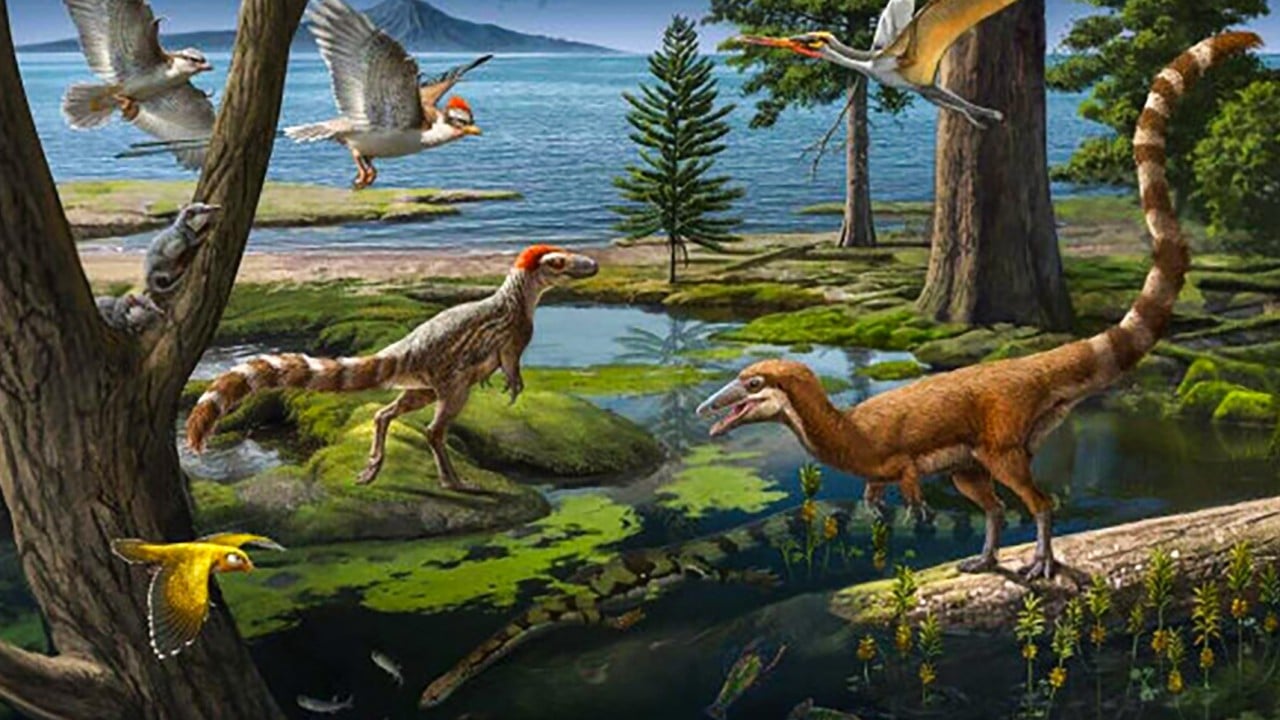A remarkable fossil discovery in northeastern China has revealed a twisted prehistoric food chain – a dinosaur species that devoured a mammal, which itself may have preyed on dinosaurs.
Advertisement
The findings, detailed in a study published in National Science Review, highlight a complex predator-prey dynamic between dinosaurs and mammals 125 million years ago.
The fossilised remains of Huadanosaurus sinensis – a newly identified compsognathid-like theropod dinosaur – were found in Liaoning province in what is known as the Yixian geological formation, a treasure trove of Early Cretaceous fossils.

Scientists discovered two small mammals inside the juvenile dinosaur’s stomach cavity. One was a eutherian, a distant relative of modern placental mammals. The second was a gobiconodontid, a group that includes the Repenomamus – a badger-sized mammal known to feast on small dinosaurs.
This discovery creates a striking ecological loop. Earlier fossils showed Repenomamus mammals with baby dinosaur bones in their stomachs, suggesting they actively hunted or scavenged dinosaurs. Now it appears that Huadanosaurus turned the tables, preying on mammal predators.
The eutherian in its gut was swallowed whole, indicating Huadanosaurus likely killed its prey with a powerful bite.
Advertisement
“We describe two new compsognathid-like species, [Sinosauropteryx lingyuanensis] and [Huadanosaurus sinensis] from the Lower Cretaceous Yixian Formation,” the researchers from China and the United States said in a paper in the May issue of the peer-reviewed journal National Science Review.
Compsognathidae are a family of coelurosaur theropods, a group of carnivorous, mostly bipedal dinosaurs that also included the Tyrannosaurus.

